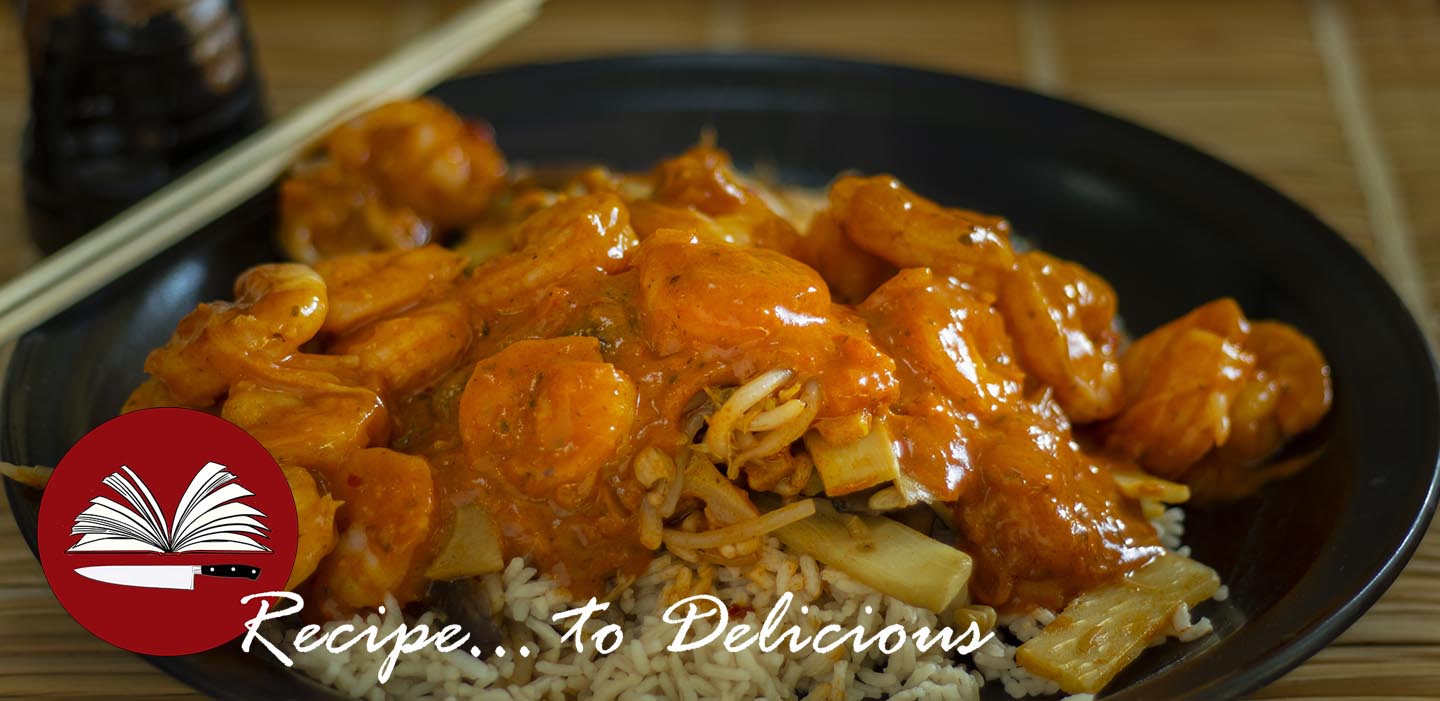Click to watch video…
Seviche. Ceviche, Cebiche… no matter how you spell it, this amazing dish is delicious!
As I went through this wonderful cookbook, I spotted a recipe spelled “Seviche.” I’d never seen that before but a quick glance told me it was the same as Ceviche. What a great thought!.
 Years ago I was on the island of Grenada and the folks at my hotel told me about a simply wonderful restaurant on the beach, and how to get there. The next day I found what I thought was the restaurant at the end of a gravel road. There were several sheets that were flapping in the wind on a clothesline, so I assumed I had the wrong spot. When I mentioned that I couldn’t find it to the folks that told me about it, they laughed at me and said “Those were white TABLECLOTHS, not sheets!” A good laugh!
Years ago I was on the island of Grenada and the folks at my hotel told me about a simply wonderful restaurant on the beach, and how to get there. The next day I found what I thought was the restaurant at the end of a gravel road. There were several sheets that were flapping in the wind on a clothesline, so I assumed I had the wrong spot. When I mentioned that I couldn’t find it to the folks that told me about it, they laughed at me and said “Those were white TABLECLOTHS, not sheets!” A good laugh!
I later went to that restaurant, and after making my dinner selection, I ordered an appetizer… ceviche!
To this day I say that was the best thing I’ve ever eaten. Made from grouper straight off one of the fishing boats which pulled up to the restaurant’s beach the previous day. It was fabulous. That’s been over thirty years ago, and to this day I remember my first taste. The owner and chef was a German fellow who was sailing the Caribean, had stopped in Grenada, fell in love with the island, and put down roots.
Ceviche was thought to have originated in Peru or Ecuador, possibly coming from as far back as the Incas. The process of soaking the fish or shrimp in lime juice “denatures” the proteins in the fish, making it firmer and more opaque. The denaturing process occurs when fish is cooked as well. The process is modifying the proteins, but it is not eliminating the possibility of parasitic ingestion.
As this is still basically raw fish, it’s best to buy Sushi-grade fish. Sushi-grade fish is the term given to fish that shows it is safe to prepare and eat raw. Sushi-grade fish is caught quickly, bled upon capture, gutted soon after, and flash-frozen thoroughly. … This will kill parasites, making the fish safe for consumption. Farm raised fish is usually considered safe as well.
The Recipe… to Delicious!
CEVICHE
So here is the basic recipe I used inspired by the recipe in “The Great Fish and Seafood Cookbook” by Judith Ferguson (1992, Color Library Books, PP 104.)
The marinade:
The juice of 6 large limes
A “bunch” of cilantro, chopped
Red and green jalapeno, diced but a few slices held for garnish
1/2 shallot, diced
Freshly ground coriander, about a tablespoon
Salt and Pepper
Thinly sliced fish, I used cod although I would have preferred monkfish. It’s great with shrimp as well.
Combine everything except garnishes and most of the chopped cilantro in a bowl and cover. Refrigerate. Pull out several times and stir to make sure all the fish get a fair amount of time soaking the wonderful lime bath.
The garnish The recipe had the ceviche on a bed of lettuce, but I like cilantro
Red and green jalapeno slices
Several scallions, cut for garnish
Topped with paprika
Enjoy our journey into flavor!
IN THIS VIDEO:
These are solid, no-nonsense great bowls and the whole range of sizes assures the right bowl for the specific need. I use them constantly! They've been manufactured in Lancaster, OH for over 110 years.
Amazon Affiliate Link:

Anchor Hocking Glass Mixing Bowls, Mixed, Set of 10
A stainless steel vegetable steamer is, of course, great for steaming veggetables, but it has dozens of other uses in the kitchen as well!
Amazon Affiliate Link:

Stainless Steel Vegetable Steamer
This kitchen gadget is great for juicing lemons, limes, and oranges. I use a lot of citrus to brighten many of the dishes I love to fix. Handy gadget to have around!
Amazon Affiliate Link:

HIC Citrus Juice Reamer
CONSUMER ADVISORY CONSUMING RAW OR UNDERCOOKED MEATS, POULTRY, SEAFOOD, SHELLFISH, OR EGGS MAY INCREASE RISK OF FOODBORNE ILLNESS ESPECIALLY IF YOU HAVE CERTAIN MEDICAL CONDITIONS



